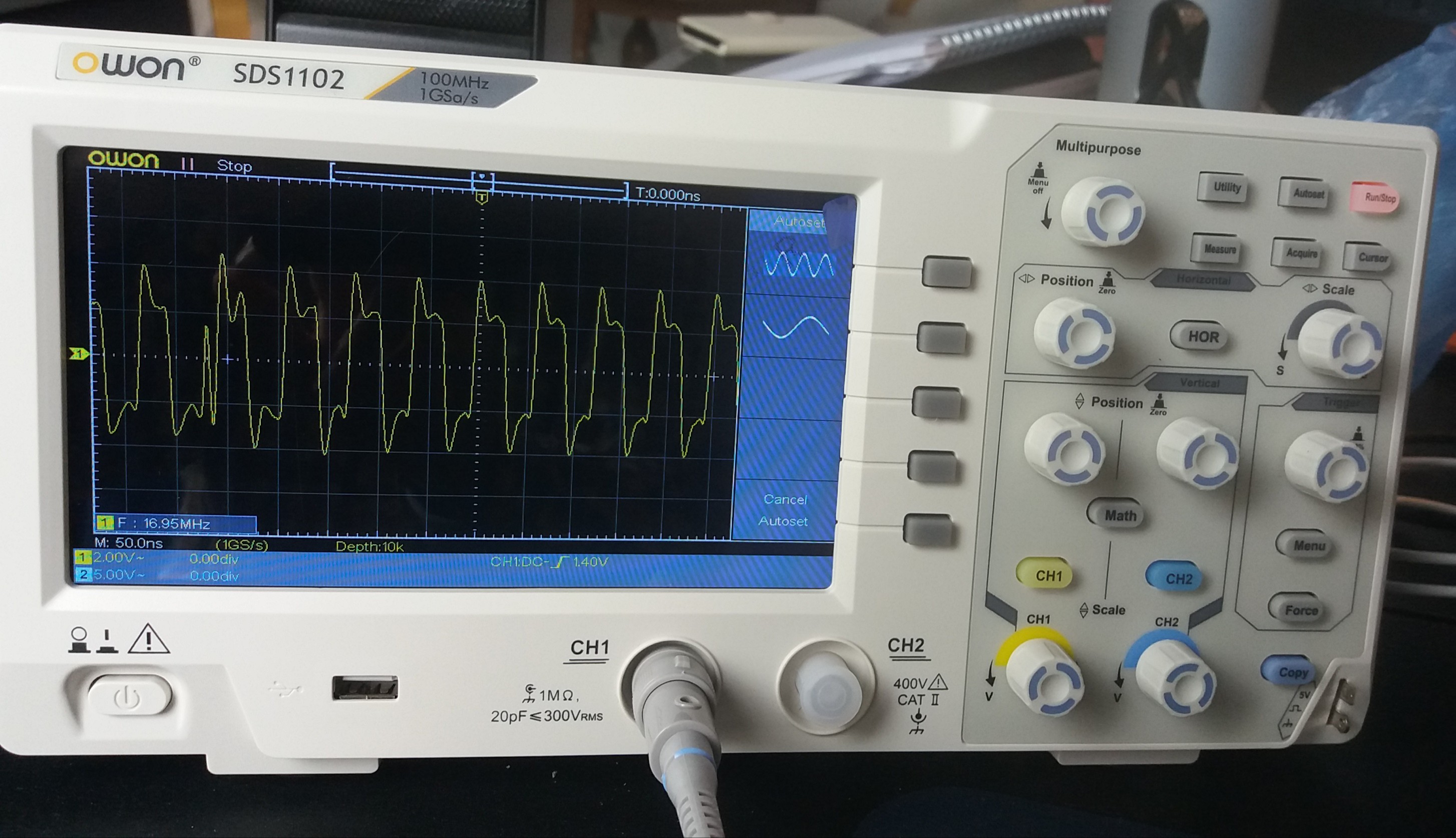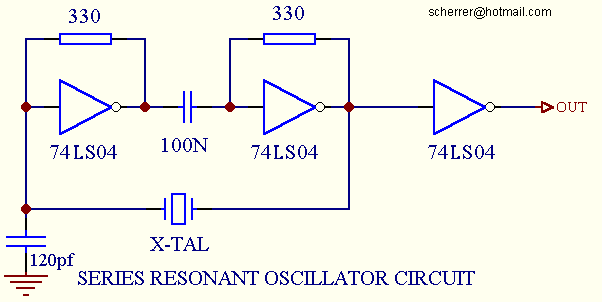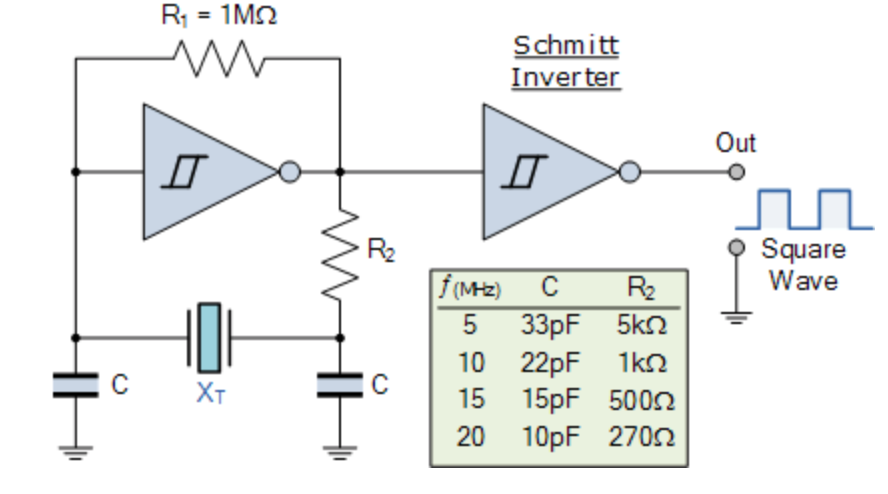I hadn't looked on to it for years (no time, creating an extra room in the attic and so on), but it kept itching... On the other hand it seems so strange fiddling around with old hardware, a simple ESP32 has more capabilities and speed than a 68k will ever have.
Two reasons for dusting 1) I found out you could still buy very cheap (used) spare parts like 68000 chips (in China) and 2) I found this (and other sites) where many people greb their soldering iron and creating all kind of old and new -cool- hardware projects. And wouldn't it nice to combine this old hardware with new and very cheap hardware like SD-cards, RTC, 1-wire temp sensors and so on, like we use to do with Arduino and ESP32?
The board was build in the ms-dos time, with turbo pascal and a cross assembler as main development tool on a XT 8MHz IBM-clone (with by the way I overclocked it to 9 MHz). Since I went away from windows to MaxOs, I have to use (temperately) a virtual Box with 32 bits windows with the necessary tools. The goal is to use as many as possible standaards like VT100 (serial terminal program), Free pascal / Lazarus (as development tool), X-modem (uploading programs), FAT16 etc, so I won't be dependent from specific hardware/software.
Clock circuit
After powering up the board sometimes came alive but always was unstable. I found out one loose wire (for the interrupts) but that doesn't solve all the problems...
As as student I didn't have an oscilloscope, in those days way to expensive. But this was the moment to buy one! For only about EUR 200 you can get yourself a reasonable one. After connecting it to the clock circuit of the board the problem became clear. On the scope you can see a sneaky spike after the first clock pulse, which let the CPU crash. And also the frequency is a strange 16.95 MHz (bottom left corner) with *every* kristal I used (from 2 till 24 MHz)?

The clock circuit was copied from the one in the XT-pc; two inverters (with a 330 ohm resistor over every inverter) and the crystal between it. Only the circuit was mentioned for LS logic and I builded it with HCT (c-mos). The result is a very unreliable oscillator...

So I rebuild it to a suitable circuit which worked with crystals from 5 till 24 MHz (ground tone only) using a 74HCT04 and after dividing it by two there is a stable and clean 50% duty cycle clock.

Lessons learned: never modify a circuit unless you completely understand it fully.
Discussions
Become a Hackaday.io Member
Create an account to leave a comment. Already have an account? Log In.